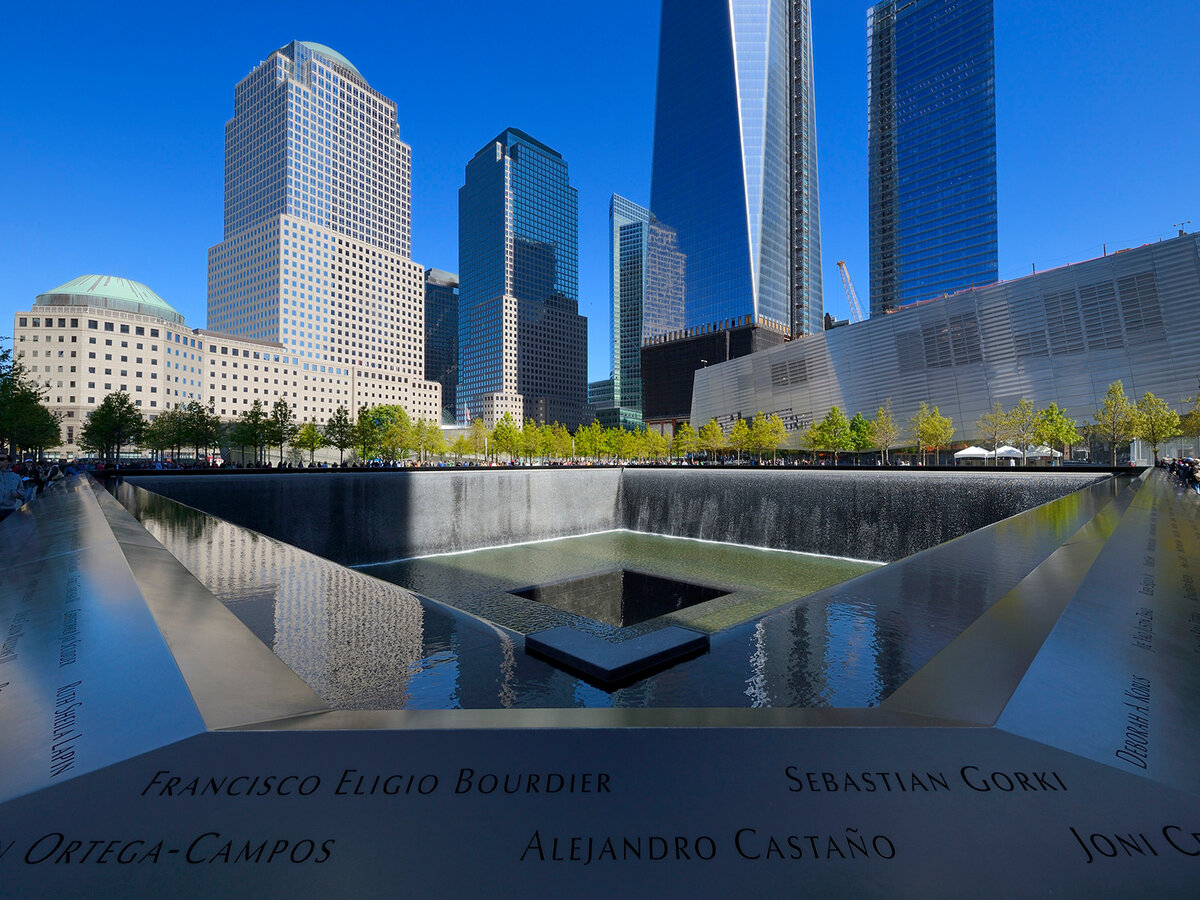National Memorial for Peace and Justice

National Memorial for Peace and Justice also known as the Lynching Museum
National Memorial for Peace and Justice is the United States’ first memorial to victims of racial terror.
In the South, where entire African-American communities still bear the names of their former plantation owners, where antebellum mansions cast shade over overgrown fields, and small benches with cushions ripped open by Union sabers during the Sherman March still stand in the garrets of their great-ancestors, history America feels closer and more personal than ever.

This closeness to history is what makes Montgomery, Alabama (the city where Rosa Parks staged the famous bus scandal) the perfect setting for a memorial to the victims of slavery, lynching, and victims of the Jim Crow Laws.
At the entrance to the National Memorial for Peace and Justice, visitors will see a series of sculptures and white text on gray panels with dry historical facts about the exploitation, torture and racial abuse of Africans and African Americans over the past 300 years.

The panels lead up the hill past oxidized metal walls and across perfectly manicured lawns to the heart of the memorial. Then for some time only names will surround you: the name of the settlement and under it – a list of people who died in it. Coffin-like metal blocks hang from the roof of a rooftop structure above a circular walkway, commemorating every American settlement that has been lynched. Further down the road, just in front of the wall hidden behind the waterfall, some occasions for lynching are given, including registering to vote, smiling at the master’s wife, or being in the white quarter.
Panels near the entrance read: “We believe that the truth about the era of racial terror and reflection on the past and its legacy will lead to a more conscious and thoughtful pursuit of justice.” This memorial can be called a gloomy, but at the same time elegant architectural work, a clear historical example and a monument that should have been erected many years ago.

Good to know
The Indoor Heritage Museum: From Enslavement to Mass Incarceration is located a few blocks from the memorial at 115 Cuza Street. Tickets for both museums can be purchased at the ticket office (130th Commerce Street) or online. Check the opening hours on the site; both museums are closed on Tuesdays.







